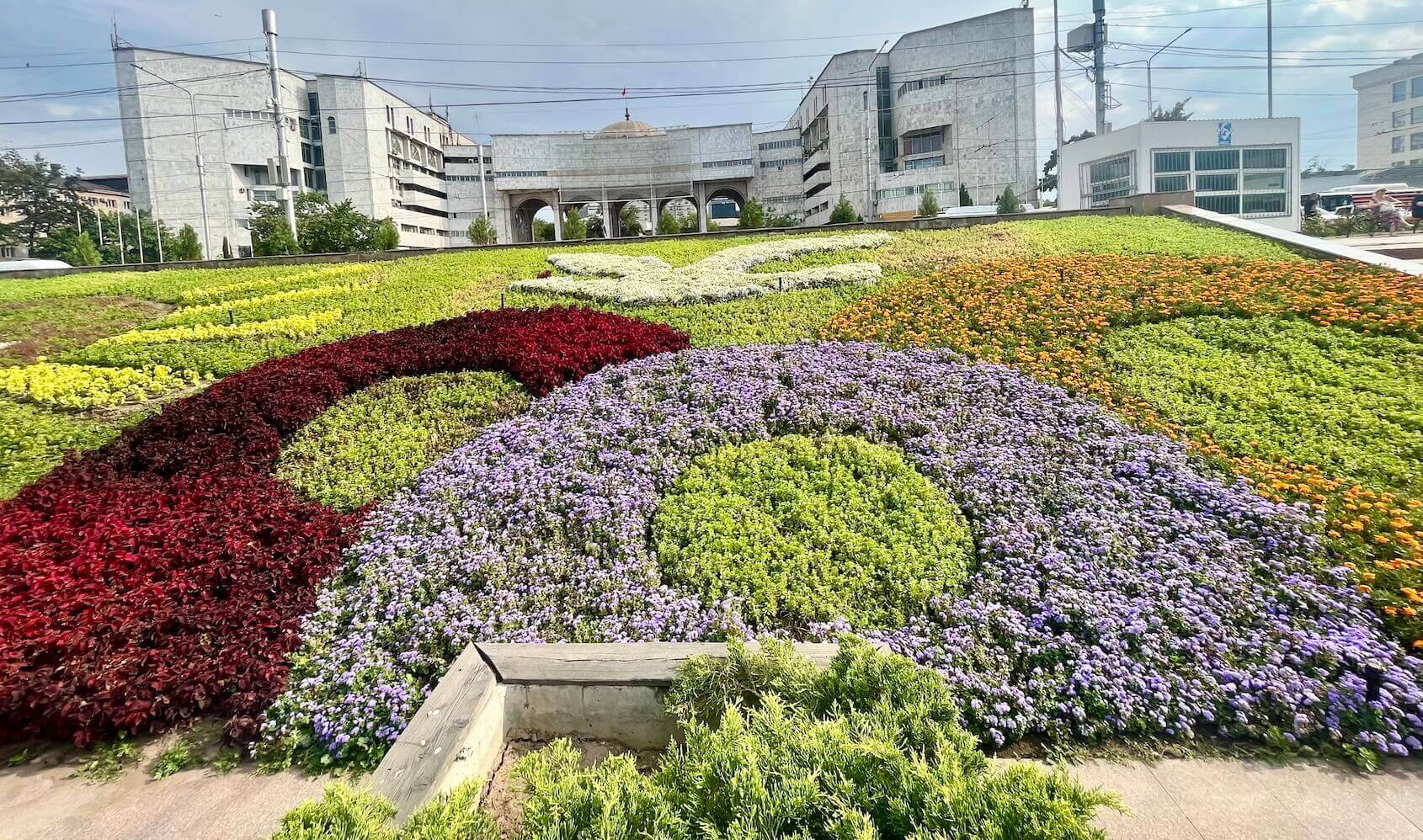
I visited Kyrgyzstan in August 2023, as part of my trip to Central Asia with Allen Liu, a good friend from university. We took a four-hour bus from Almaty (Kazakhstan) across the border to Bishkek, Kyrgyzstan’s capital city. Like most other countries in Central Asia, Kyrgyzstan feels very safe. We met several women traveling alone here who confirmed this impression. Although getting into Kyrgyzstan was easy, getting out proved challenging.
When we arrived at the Bishkek bus station to buy a ticket for Uzbekistan, we learned that all buses were sold out for the next 24 hours, so we delayed our departure until the next day. The following day, we were running late for our bus, so we ordered a taxi using Yandex (a Russian app like Uber, but sooo much cheaper). We could not have foreseen that our driver would be pulled over by the police, delaying us even further. Somehow, we caught our bus with less than 5 minutes to spare.
Bishkek is a pleasant city to explore, but not one with a lot of activities designed for tourists. We spent two days here, but I feel confident that one could get a good taste of the city within a day. Bishkek’s architecture feels Soviet in style, and it has a number of parks and plenty of greenery, which made walking around refreshing. I was surprised that the city became much more vibrant at night, with many people strolling around the park. Allen and I checked out the Osh Bazaar near the city center hoping to buy a souvenir or two, but it turned out that almost no one at the market was selling touristic trinkets. Instead, they primarily sold essentials like food and clothing. What nerve these local merchants have to cater to local Kyrgyz residents, instead of to clueless American tourists!
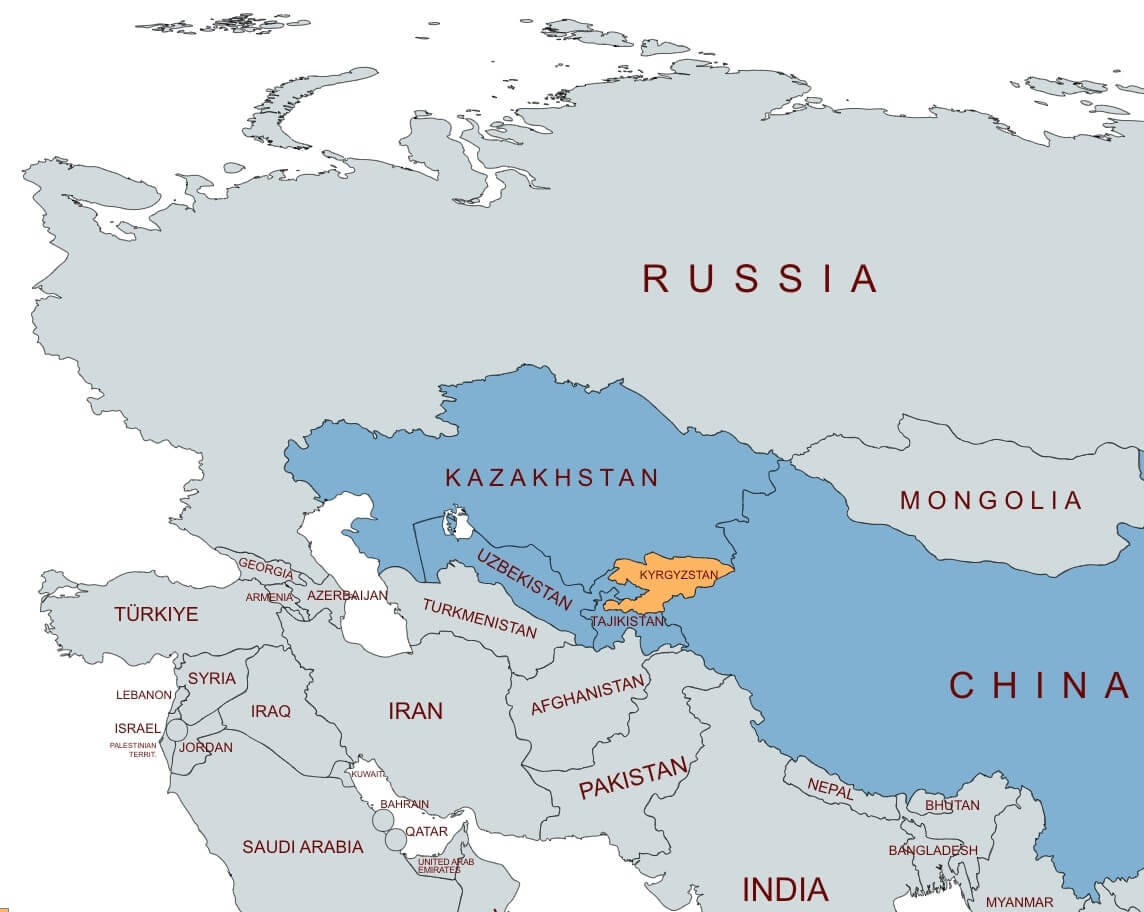
Between the 6th and 13th centuries AD, the Kyrgyz Khaganate ruled over a a vast swath of Central Asia, Mongolia, and parts of Russia and China. Since then, the region that is now Kyrgyzstan has been under the rule of many different empires. It was controlled by the Mongols until the 18th century, then by the Chinese Qing dynasty, and later by the Uzbek Kokand Khanate. By 1876, Kyrgyzstan fell under the control of the Russian Empire. After the Russian Revolution of 1917, Kyrgyzstan was incorporated into the Soviet Union as the Kirghiz Soviet Socialist Republic. Many Kyrgyz people resisted the Soviet push for collective agriculture and rapid industrialization because it conflicted with their traditional nomadic way of life. Although Kyrgyzstan is a very poor country with a GDP per capita of less than $2,000 per year, it had far better infrastructure than I would have expected, along with a decent life expectancy of 72 years and a literacy rate of almost 100%. So perhaps the Soviet influence had some benefits.
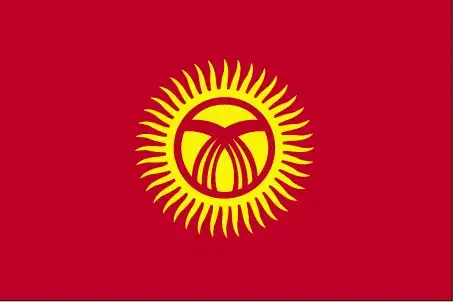
Kyrgyzstan is by far the most democratic country in Central Asia. Unlike its neighbors, whose history since independence has been dominated by one or two authoritarian leaders, Kyrgyzstan has had six presidents since 1991, including the region’s first female head of state. Nonetheless, Kyrgyzstan’s democracy is far from perfect. In 2005, many Kyrgyz people believed that Askar Akayev (the nation’s first president) was corrupt and becoming dictatorial. They overthrew him in what became known as the Tulip Revolution. Similar revolutions in 2010 and in 2020 also ousted Kurmanbek Bakiyev and Sooronbay Jeenbekov, Kyrgyzstan’s second and fifth presidents respectively. Although its democracy is far from perfect, I find it admirable that this small nation keeps such a vocal opposition. However, many people accuse the current president Sadyr Japarov of corruption, nepotism, and of democratic backsliding. Only time will tell where Kyrgyzstan’s political system will end up.
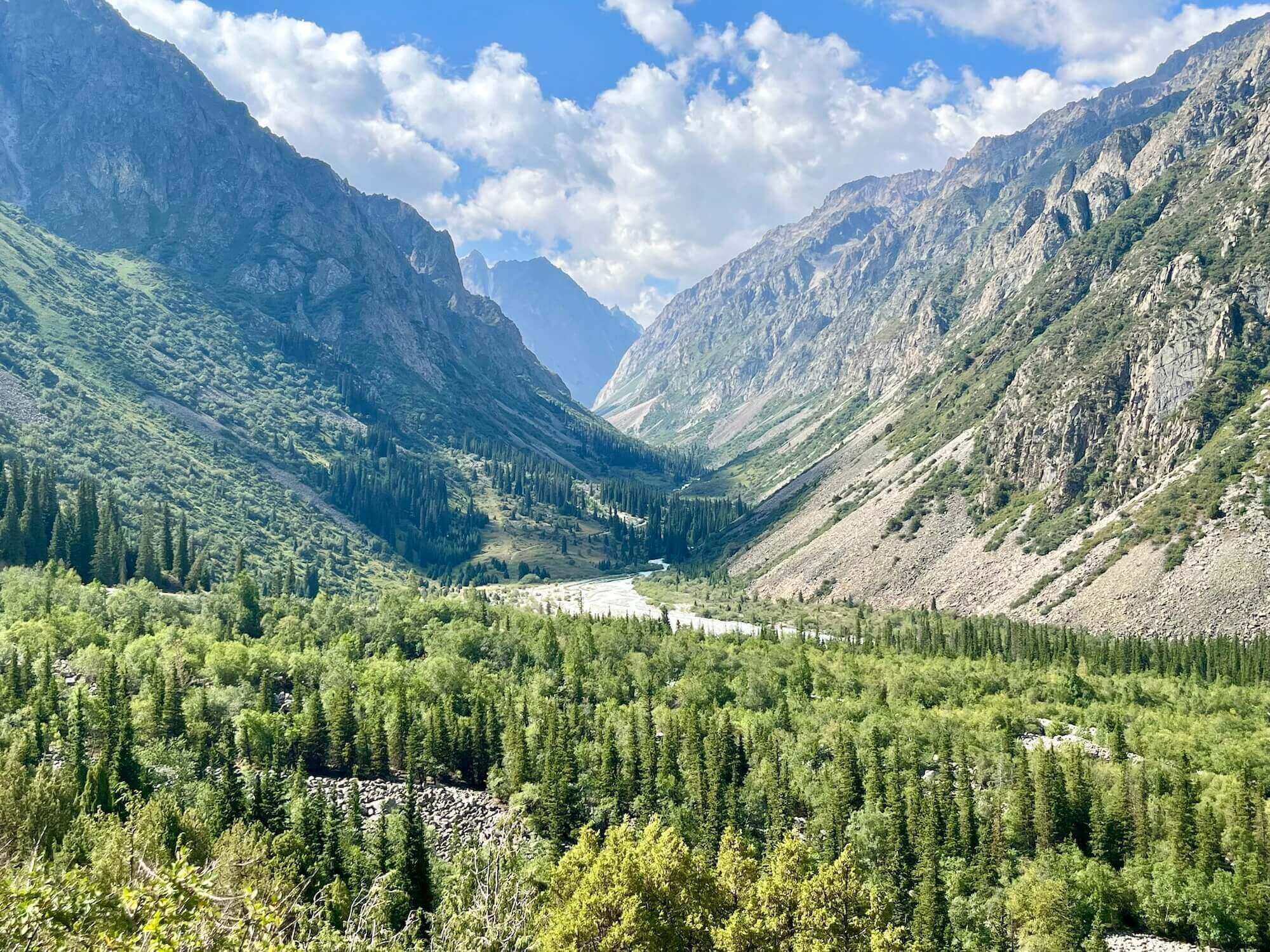
We went on a day trip to Ala Archa National Park in the Tian Shan mountains that are less than an hour’s drive away from Bishkek. We opted to hike up to the Racek Hut, in a six-hour roundtrip journey. We passed by a stunning valley, and even a herd of wild horses. At the Hut, we took a break and enjoyed the magnificent views of the colossal peaks around us. The mountains in Kyrgyzstan are massive – Ala Archa Park contains several that are higher than any in Europe or in the contiguous United States, and Kyrgyzstan’s highest peak is a stunning 7,400m / 24,400ft high. We considered hiking further, but an incoming thunderstorm encouraged us to retreat without any regret.
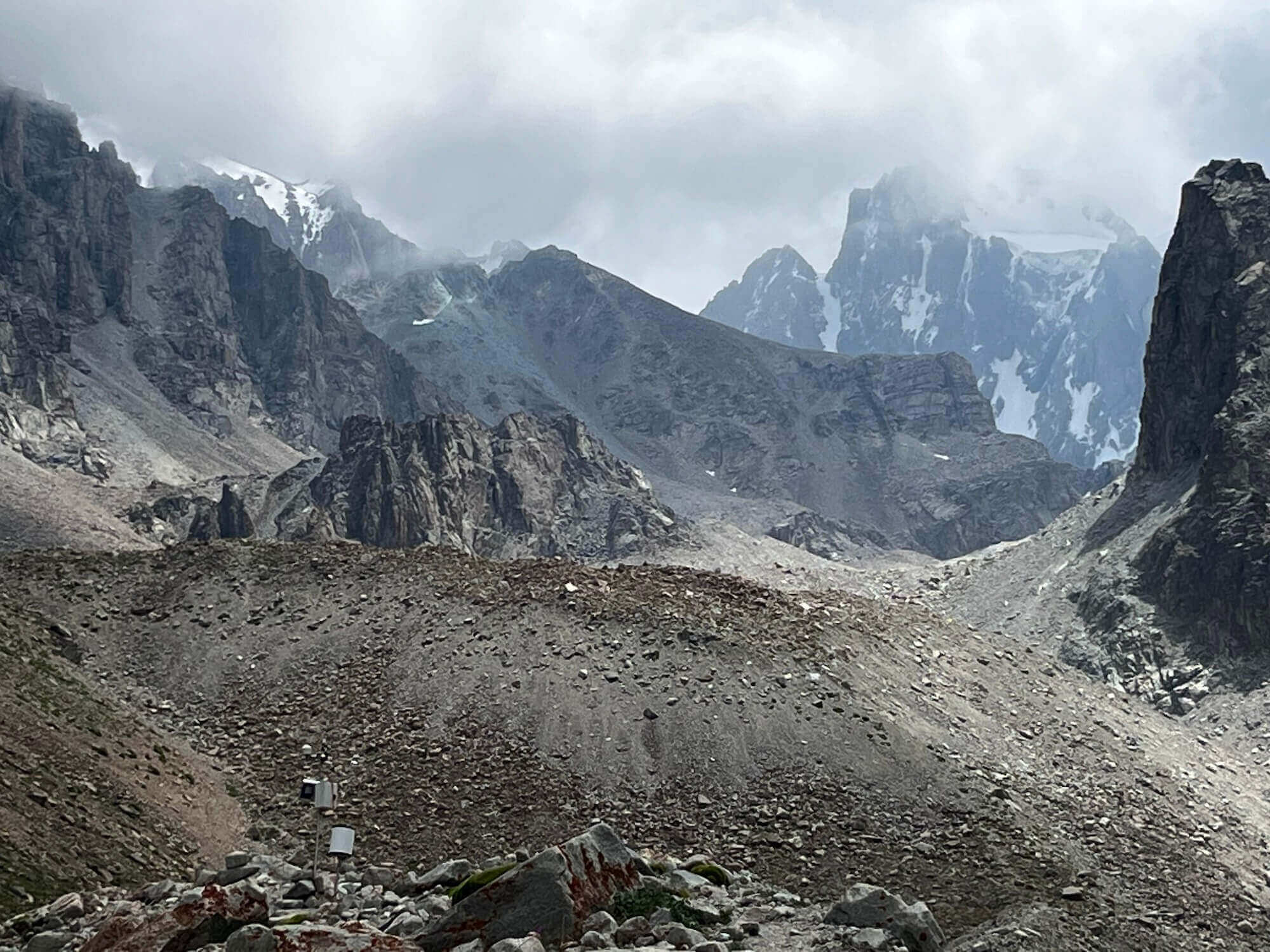
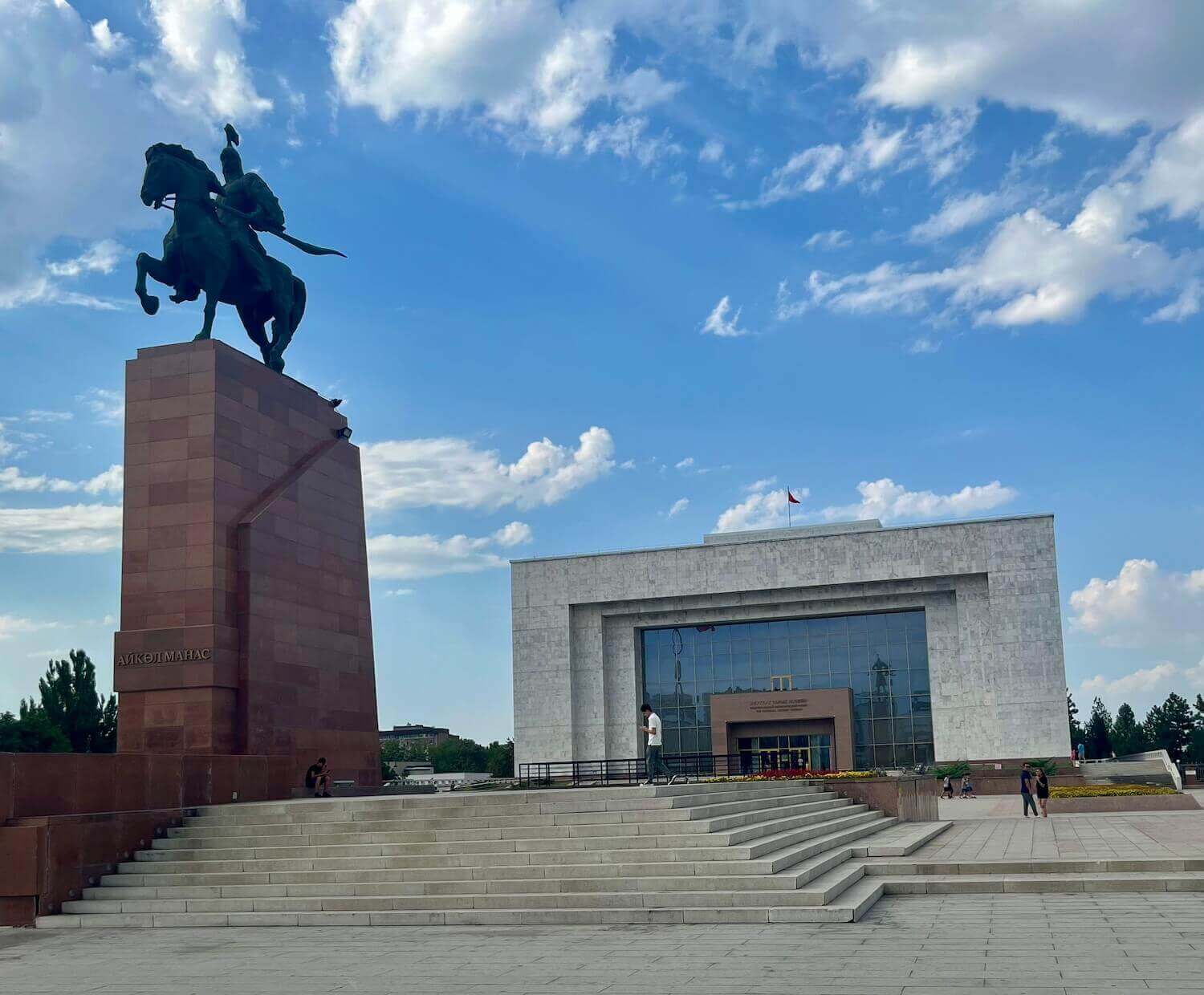
The Ala-Too Square marks the center of Bishkek. When Kyrgyzstan was part of the USSR, it was called Lenin Square and sported a large statue of Vladimir Lenin. After Kyrgyzstan gained its independence in 1991, they changed the square name to Ala-Too and replaced the statue of Lenin with one of the Kyrgyz folk hero Manas. Lenin was moved to a less prominent location nearby. I think that swapping out a Soviet hero for a Kyrgyz one has served as a way for the country to reclaim its history and cultural heritage, which it has plenty of thanks to Kyrgyzstan's prominent position along the historic Silk Road. In the back of the square, you can make out the Kyrgyz State Historical Museum, which boasts exhibits on traditional Kyrgyz customs and historical milestones. It is also right next to the office of the Kyrgyz president, which like the US's presidential residence, is known as the White House
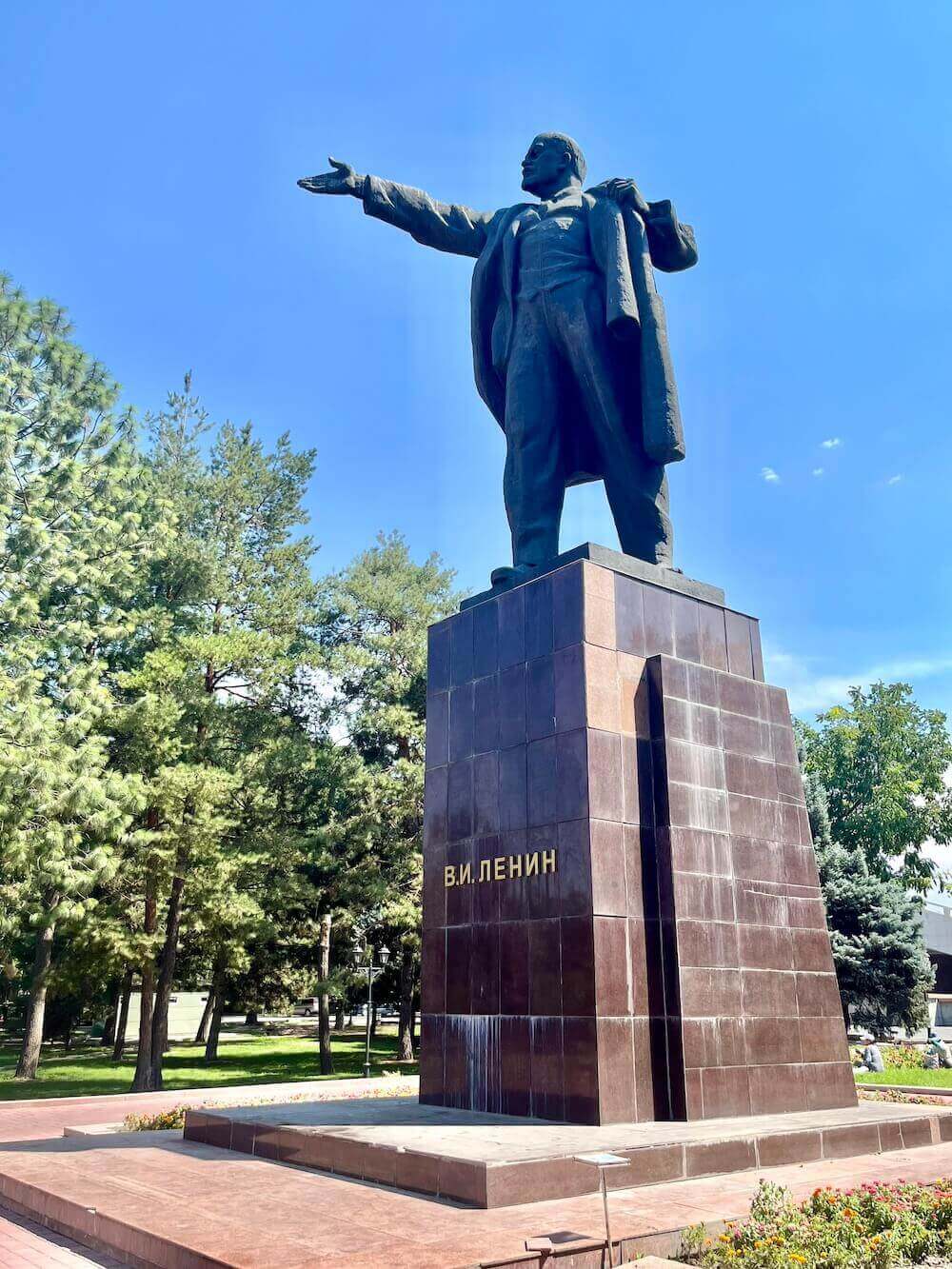
As a Central Asian post-Soviet state, I expected Kyrgyzstan to have very few traces of Western influence, so I was shocked to see cinemas advertizing the newly released Barbie movie. We could not pass up this novel opportunity to watch Barbie in Kyrgyzstan, so we ventured into the local cinema, where we found it playing in English. This made me realize just how widespread American media culture really is across the world.